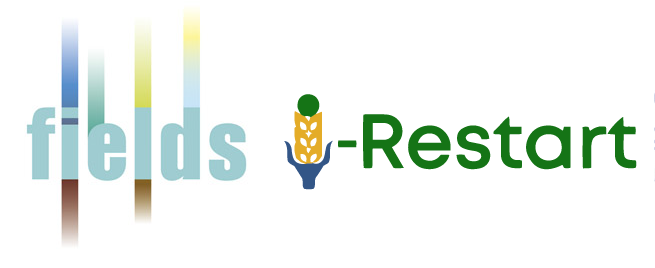Submitted by JulietteChauveau on
Organisation:
Framework:
Country:
Keywords:
Bioeconomy, development of bioeconomy, sustainable development
Date:
03/06/2019
Summary:
The bioeconomy is the economy of photosynthesis and, more broadly, of living matter. It is based on the production and mobilization of biomass for optimal use. It makes the most of an abundant, renewable and free source of energy: solar power. The bioeconomy covers all biomass production and processing activities, from forestry to agriculture and aquaculture, for the production of food, animal feed, bio-based materials and energy. It represents opportunities for our farming and forestry businesses, helping to boost the competitiveness of our industries while providing sustainable solutions to the environmental and societal challenges we face today. The bioeconomy is part of the broader framework of the green economy, i.e. an economy that respects the environment and makes more efficient use of natural resources.
Thus, it has been established a French bioeconomy strategy wich have defined a framework for the sustainable development of the bioeconomy, consistent with the territory's resources and needs, while avoiding any overexploitation. This plan sets out the strategy in action, in order to deploy the bioeconomy operationally on French territory from 2018 to 2020. In 2018, it has deliberately focused on the non-food part of the bioeconomy. It does not deal with the food use of biomass, which is already the subject of specific policies.
The French bioeconomy strategy is consistent with other national strategies related to the production, mobilisation and use of bioresources and environmental issues: plant protein plan, agro-ecological project for France, national low-carbon strategy, national biomass mobilisation strategy and regional biomass plans, roadmap for the circular economy, national biodiversity strategy, multi-annual energy programming, 4 for 1000 programme, national forest and wood programme, convention on biological diversity, national strategy for the sea and the coast, etc.
Some inter-professions have highlighted the use of agricultural, forestry and agri-food co-products, particularly for energy purposes, as well as the development of new outlets, for example in the biosourced industry.mThe action plan breaks down the bioeconomy strategy into operational actions divided into five areas: improving knowledge; promoting the bioeconomy and its products to the general public; creating the conditions for the offre and demand to meet; produce, mobilise and transform bioresources sustainably; and,removing obstacles and mobilising finance.
Application:
Entry force:
18/01/2017
Language:
Link:
Doc_Type:
National Strategy

Comments: